Are you wondering how long your mattress will last? The lifespan of a mattress can vary depending on several factors, such as the type of mattress, its quality, and how well it is maintained. In this article, we will explore the average lifespan of different types of mattresses and discuss the factors that can affect their longevity. We will also provide you with signs to look out for that indicate it may be time to replace your mattress and share tips on how to extend its lifespan. Plus, we’ll delve into the importance of having a quality mattress for a good night’s sleep and guide you on choosing the right one based on your sleep needs. Lastly, we’ll cover proper maintenance and care techniques for your mattress, understanding warranties, as well as recycling or disposing of old mattresses responsibly.
Lifespan of Different Mattress Types
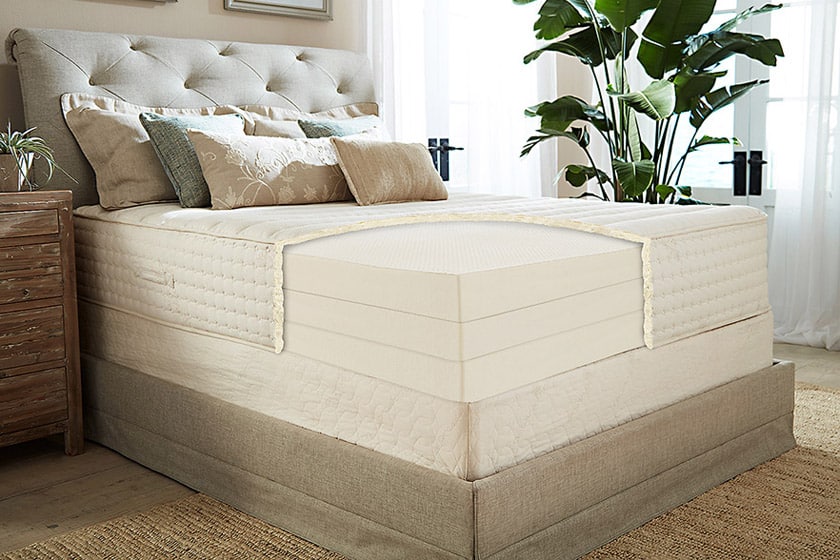
Did you know that the lifespan of different mattress types can vary significantly? When it comes to mattress durability, it’s important to consider the materials used in its construction. Memory foam mattresses, for example, tend to have a shorter lifespan compared to other types. On average, they can last anywhere from 8 to 10 years. Innerspring mattresses, on the other hand, are known for their durability and can last up to 15 years or more with proper care. Latex mattresses fall somewhere in between, typically lasting around 10-12 years. Of course, these numbers are just estimates and actual lifespan may vary depending on factors such as usage and maintenance. So when choosing a mattress, make sure to take into account not just comfort but also its expected longevity based on the materials used.
Factors That Affect Mattress Longevity
To ensure your mattress lasts as long as possible, it’s important to consider various factors that can affect its longevity. Factors affecting mattress durability include the quality of materials used in its construction, the type of foundation or base it is placed on, and how well it is maintained over time. Choosing the right mattress for longevity involves considering factors such as your preferred sleep position, body weight, and personal comfort preferences. It’s also important to invest in a high-quality mattress from a reputable manufacturer that offers a warranty and provides proper care instructions. By taking these factors into account and choosing a durable mattress that meets your specific needs, you can maximize its lifespan and enjoy comfortable and restful sleep for years to come.
Signs That Your Mattress Needs Replacement
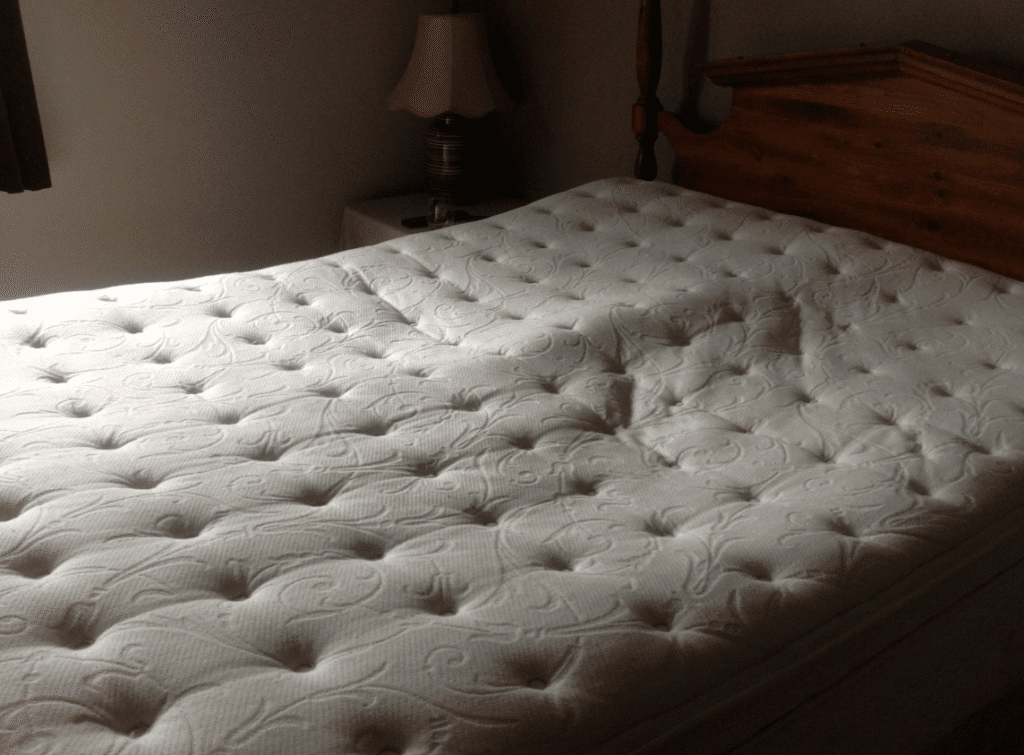
If your mattress is starting to sag, feel lumpy, or cause discomfort during the night, it may be time for a replacement. These warning signs indicate that your mattress has reached its limit and can no longer provide the support and comfort you need for a good night’s sleep. When to replace your mattress depends on various factors such as the type of mattress, usage frequency, and quality. However, if you notice any of these signs, it’s a clear indication that it’s time to start shopping for a new one. Don’t compromise on your sleep quality and overall well-being; invest in a new mattress that will provide the support and comfort you deserve.
How to Extend the Lifespan of Your Mattress
Want to make the most of your mattress investment? Learn how you can extend its lifespan and keep it in top shape. One of the best ways to prolong the life of your mattress is by following some simple mattress care tips. First, make sure to rotate your mattress every three to six months to distribute the weight evenly and prevent sagging. Additionally, using a mattress protector can help shield your mattress from spills, stains, and dust mites. Be sure to regularly clean your bedding and vacuum your mattress to remove any dirt or allergens that may accumulate over time. Finally, avoid sitting on the edges of your bed for extended periods as this can cause premature wear and tear. By practicing these easy maintenance habits, you can ensure that your mattress stays comfortable and supportive for years to come.
Importance of a Quality Mattress for Sleep
Investing in a high-quality mattress is essential for achieving restful, rejuvenating sleep that leaves you feeling refreshed and ready to conquer the day. The benefits of a comfortable mattress cannot be overstated. A quality mattress can provide proper support for your body, reducing pressure points and ensuring proper spinal alignment. This not only improves your sleep quality but also has a positive impact on your overall health. A good night’s sleep on a quality mattress can help alleviate back pain, reduce stress levels, and improve cognitive function. It is worth investing in a mattress that provides optimal comfort and support to reap these amazing benefits for your well-being.
Common Mattress Problems and Solutions
One of the most frustrating issues that can arise with a mattress is when it starts sagging in the middle, leaving you feeling like you’re sinking into a sinkhole every night. Not only does this affect the comfort and support of your sleep, but it can also lead to back and neck pain. Fortunately, there are solutions to this common problem. If your mattress is still under warranty, contact the manufacturer to see if they will replace or repair it. Another option is to try rotating or flipping your mattress regularly to distribute the weight more evenly. Additionally, investing in a quality mattress protector can help prevent allergens from accumulating and causing discomfort. By addressing these common mattress problems promptly, you can ensure a comfortable and restful night’s sleep for years to come.
Choosing the Right Mattress for Your Sleep Needs
If you’re looking for a mattress that will provide the perfect balance of support and comfort tailored to your specific sleep needs, it’s important to consider factors such as firmness, material, and temperature regulation. The firmness of a mattress plays a crucial role in determining how comfortable and supportive it will be for you. Some people prefer a firmer mattress for more back support, while others find a softer one more comfortable. Additionally, you should also consider the size of the mattress based on your individual needs. Whether you sleep alone or with a partner, there are different sizes available to accommodate your preferences. By taking into account both the firmness and size of the mattress, you can ensure a good night’s sleep that meets your unique requirements.
Proper Mattress Maintenance and Care
Taking proper care of your mattress is essential in ensuring its longevity and maintaining its comfort and support. To keep your mattress clean, it’s important to follow proper cleaning techniques. Start by regularly vacuuming the surface of your mattress to remove dust, dirt, and allergens. If there are any spills or stains, be sure to address them promptly with a mild detergent and warm water solution. Avoid using harsh chemicals as they can damage the fabric and materials of the mattress. Additionally, consider investing in a mattress protector to provide an extra layer of protection against spills, sweat, and allergens. When it comes to storing your mattress, make sure it is completely dry before covering it with a protective bag or wrapping it in plastic. This will help prevent mold or mildew growth during storage. Store the mattress in a cool, dry place away from direct sunlight or extreme temperatures that could cause damage over time. By following these proper cleaning and storage tips for your mattress, you can extend its lifespan and ensure continued comfort for years to come.
Understanding Mattress Warranties
Now that you know how to properly maintain and care for your mattress, it’s time to dive into understanding mattress warranties. When it comes to mattress warranty coverage, it’s essential to have a clear understanding of the terms used by manufacturers. By familiarizing yourself with these terms, such as prorated coverage and sagging depth limits, you can make informed decisions about your warranty and ensure you receive the best possible support from the manufacturer. So, let’s delve into the world of mattress warranties and equip yourself with the knowledge needed to protect your investment for years to come.
Recycling and Disposing of Old Mattresses
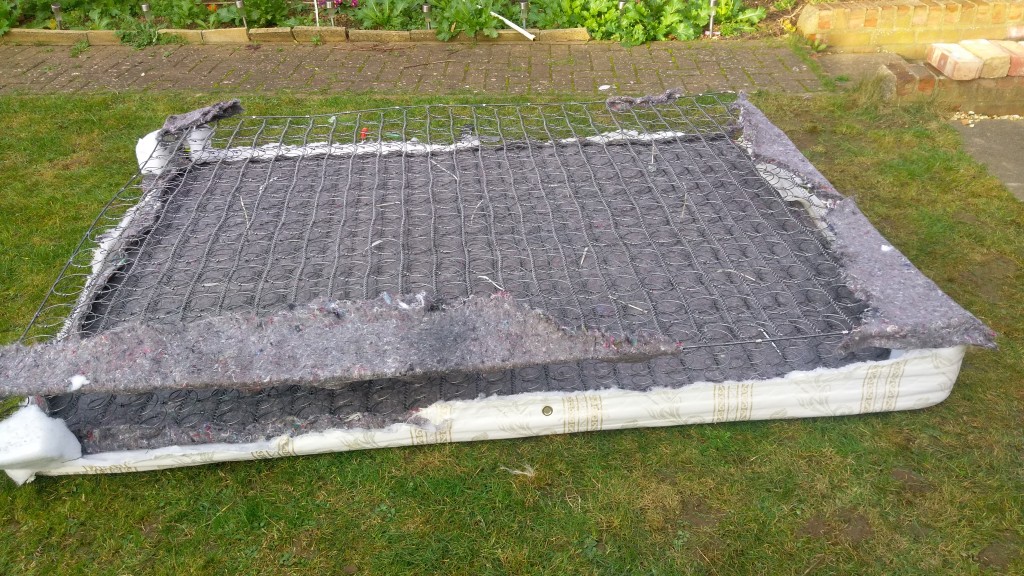
When disposing of your old mattress, you’ll need to explore recycling options to ensure its proper disposal and minimize the environmental impact. There are various recycling options available for mattresses, such as taking them to a local recycling center or contacting a mattress recycling facility. These facilities have specialized equipment that can break down the mattress components into recyclable materials like metal, foam, and fabric. By choosing to recycle your old mattress, you are preventing it from ending up in a landfill where it would take up valuable space and contribute to pollution. Recycling also allows for the reuse of valuable resources and reduces the need for new raw materials. So, when it’s time to say goodbye to your old mattress, remember to consider the recycling options available in your area and make an environmentally conscious choice.
Conclusion
In conclusion, when it comes to the lifespan of your mattress, several factors come into play. Different types of mattresses have different lifespans, with innerspring and foam mattresses typically lasting around 7-10 years, while latex mattresses can last up to 15 years or more. However, it’s important to note that these are just general guidelines and individual results may vary.
To ensure that your mattress lasts as long as possible, there are several steps you can take. Regularly rotating and flipping your mattress can help distribute wear and tear evenly. Using a mattress protector can also protect against stains and spills that could damage the mattress material. Additionally, following proper maintenance and care instructions from the manufacturer is crucial.
Investing in a quality mattress is essential for getting a good night’s sleep. A comfortable and supportive sleep surface can improve sleep quality, reduce pain and discomfort, and improve overall well-being. So take the time to research different options and choose a mattress that meets your specific sleep needs.
Finally, when it does come time to replace your old mattress, consider recycling or disposing of it properly. Many municipalities offer recycling programs for old mattresses or you can contact local charities or recycling facilities for guidance on how to properly dispose of it.
Remember that your mattress plays a significant role in your sleep health, so don’t underestimate its importance. By understanding the lifespan of different types of mattresses, taking steps to extend their longevity through proper care and maintenance, and ultimately making an informed decision when purchasing a new one – you’ll be well on your way to enjoying restful nights of sleep for years to come!
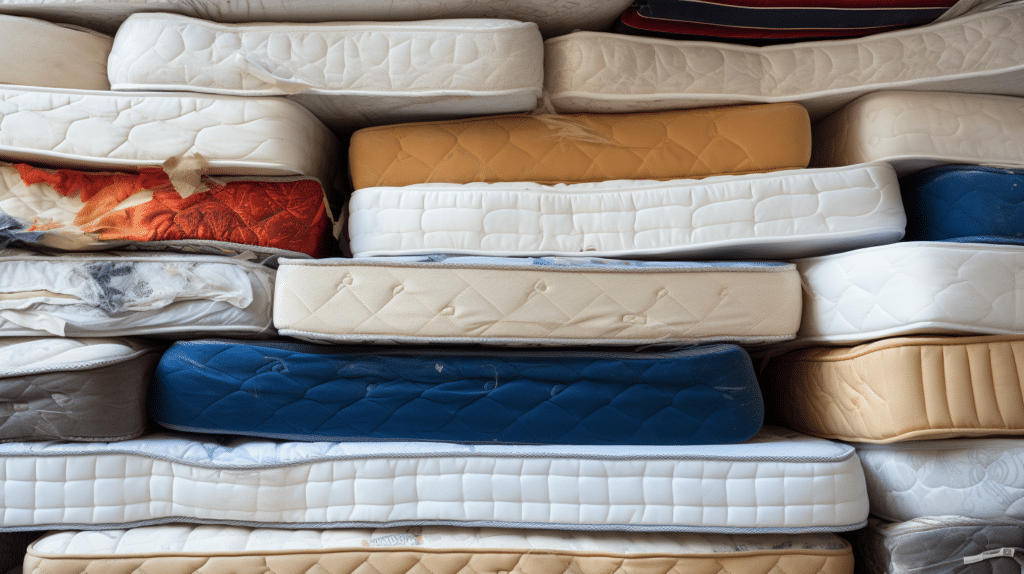
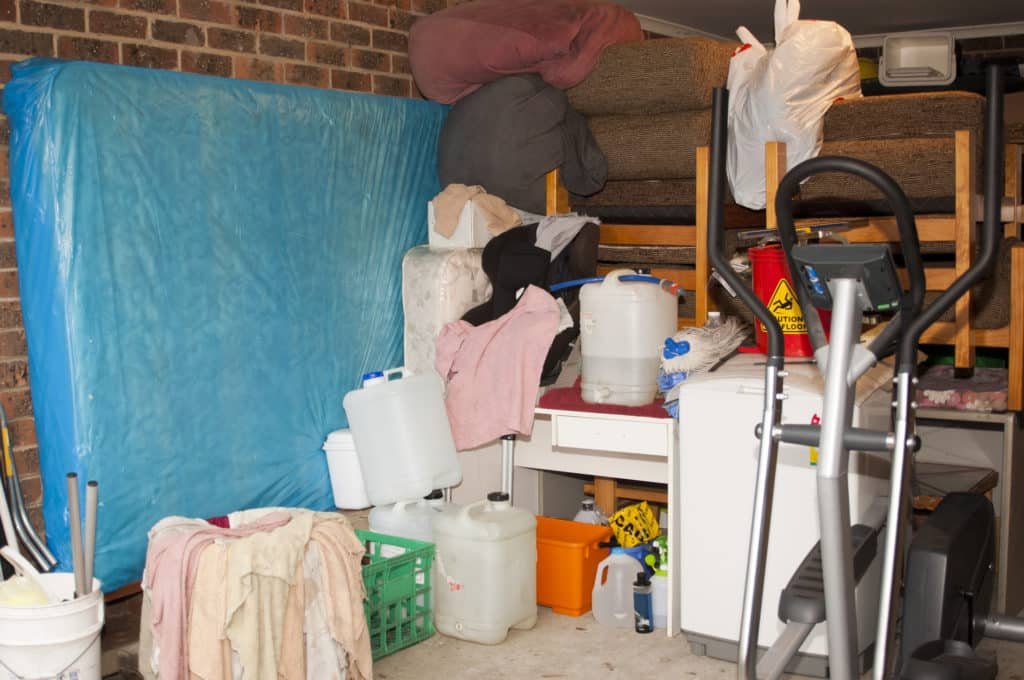
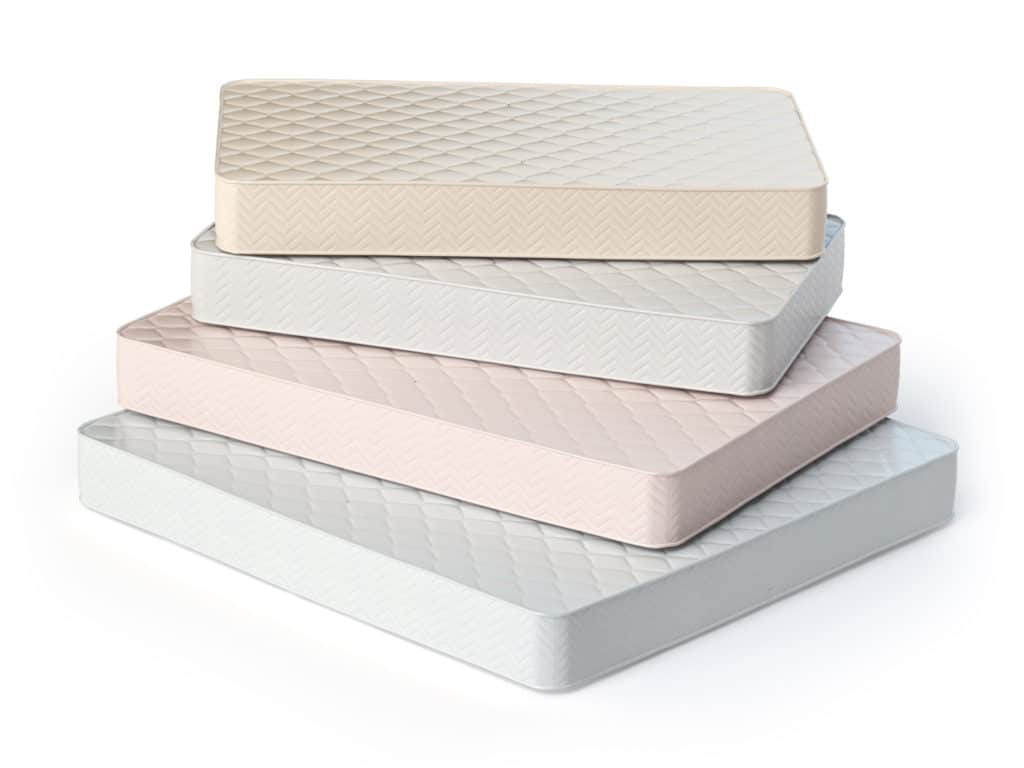
I have an 8 year old queen size mattress. It is a pocket spring type with latex foam. Unit price $2040. A couple of years ago my wife complained that the area about a fifth of the way from the top had developed a crater. Since the product was still under warranty I rang the manufacturer to explain the problem and enquired if it would be covered by the warranty. I explained that we live some distance from the factory. When I arrived with the mattress the top cover was removed and I was told my problem was due to normal wear and tear and to replace the springs would cost almost $300. I wonder what is the value of a 10 year warranty if the springs are not capable of performing for that length of time?
Thank you. This topic has been most helpful. My bed is going on 16 years and is starting to show wear and tear even though I spent $3000.
I think of my mattress as “like new” even though it is 35 years old! It is a Sealy, and it was expensive in 1984 at $800! We rotated it every 6 months Sometimes I have lower back pain, and I’m beginning to think I might need a new mattress I’ll have to “sleep on that thought!”
Wow, that’s impressive. Glad you got some good usage from it.
My mattress is a Stearns and Foster. I’ve been told that I should get a new mattress because it is 14 years old. It doesn’t sag. It’s not torn. In fact it looks like a brand new mattress. You can still lay on the side of the bed and it is still firm. I’m trying to figure out if I really need a new mattress.
Has the mattress been used daily for 14 years? By yourself, children, or a couple? Have you used a mattress protector all the while, or has it been cleaned regularly? There are many variables that determine the longevity of a mattress. 14 years with light usage and good maintenance is fine to keep provided you’re not waking up with joint pains.
I’ve been told I need one, but I think it was a sales pitch. We bought our craftmatic bed 10 years ago. It’s had a 4″ foam on it from the get-go and a mattress protector to boot. I think it’s basically a new mattress, right?
Yes, i’d say it’s time for a new mattress
I rotate my mattress every 3 months. It makes it last longer. It s 13 yrs old.
Our Queen bed (New at the time), was given to us by a brother just prior to leaving for Australia in 1982… x4 boys later (whom have all left home and had families of their own)… this bed still resides in our room without me… the other owner of our abode (with back pains and all), lives in Lala Land… Go figure!@#$%^&*… who/what needs to be replaced!!!
Hold me back or turn me loose? Buy or continue with the same? We have an Englander natural rubber mattress eastern king bought in 2001 per tag. Nearly takes an African elephant with tusks to turn over due to weight.
Using thick mattress topper(s) changed out over time… it continues to lack smells and still feels fine. My imagination worries some creepy rubber-loving bacteria or mite has overcome the resistance of the rubber and now lives within. I can almost hear it’s breathing. aaa-chaa, aaa-chaa, aaa-chaa. Hear it?
Hi Mike, natural latex is dust mite, mold and mildew resistant. Dust mites can not live in natural rubber, so you should be ok provided it still feels fine 🙂
Dude-ette! Thanks, Lindsay. We will go fwd without replacement as it still seems the same as first bought. Happy new year!
No problem,
Happy New Year to you too. 🙂